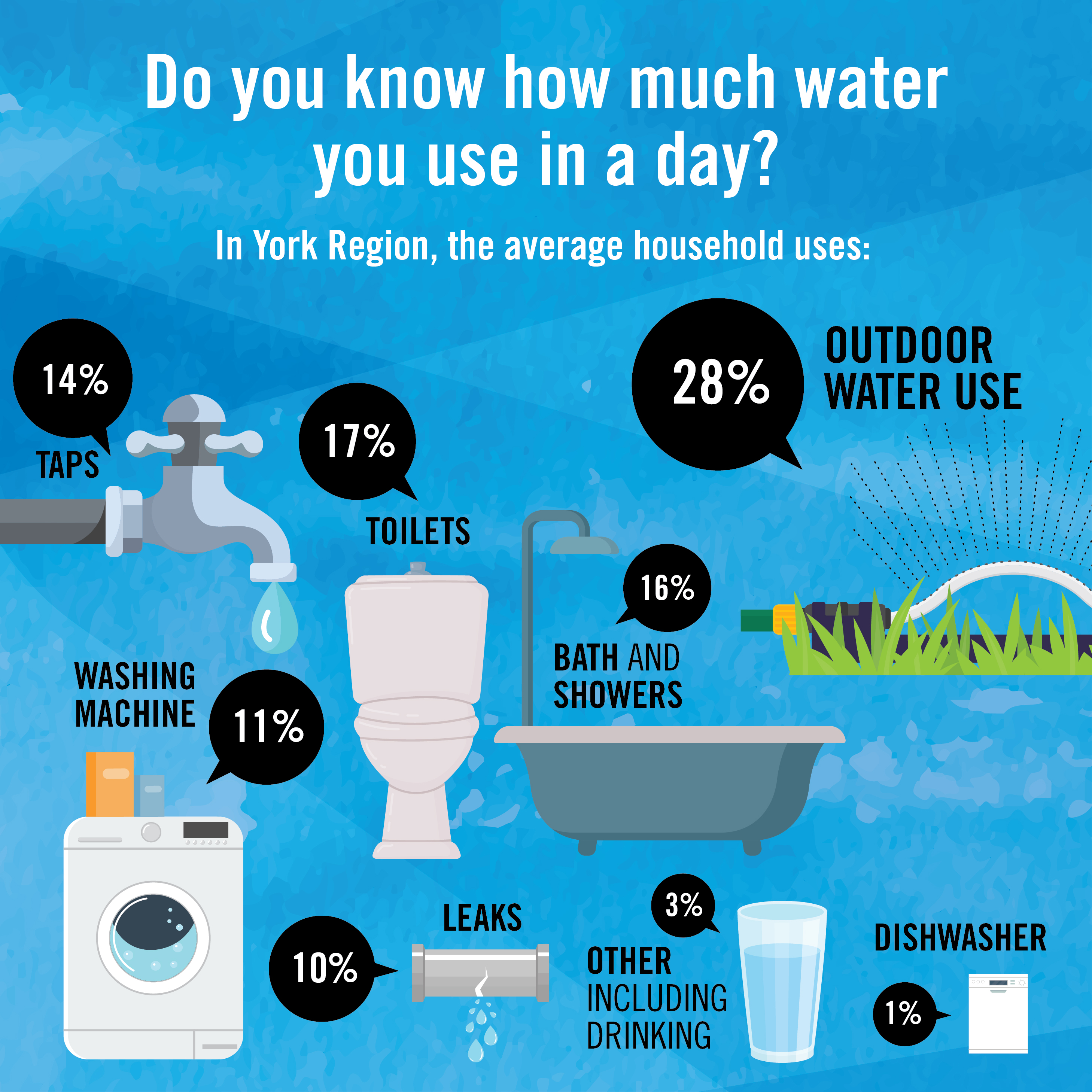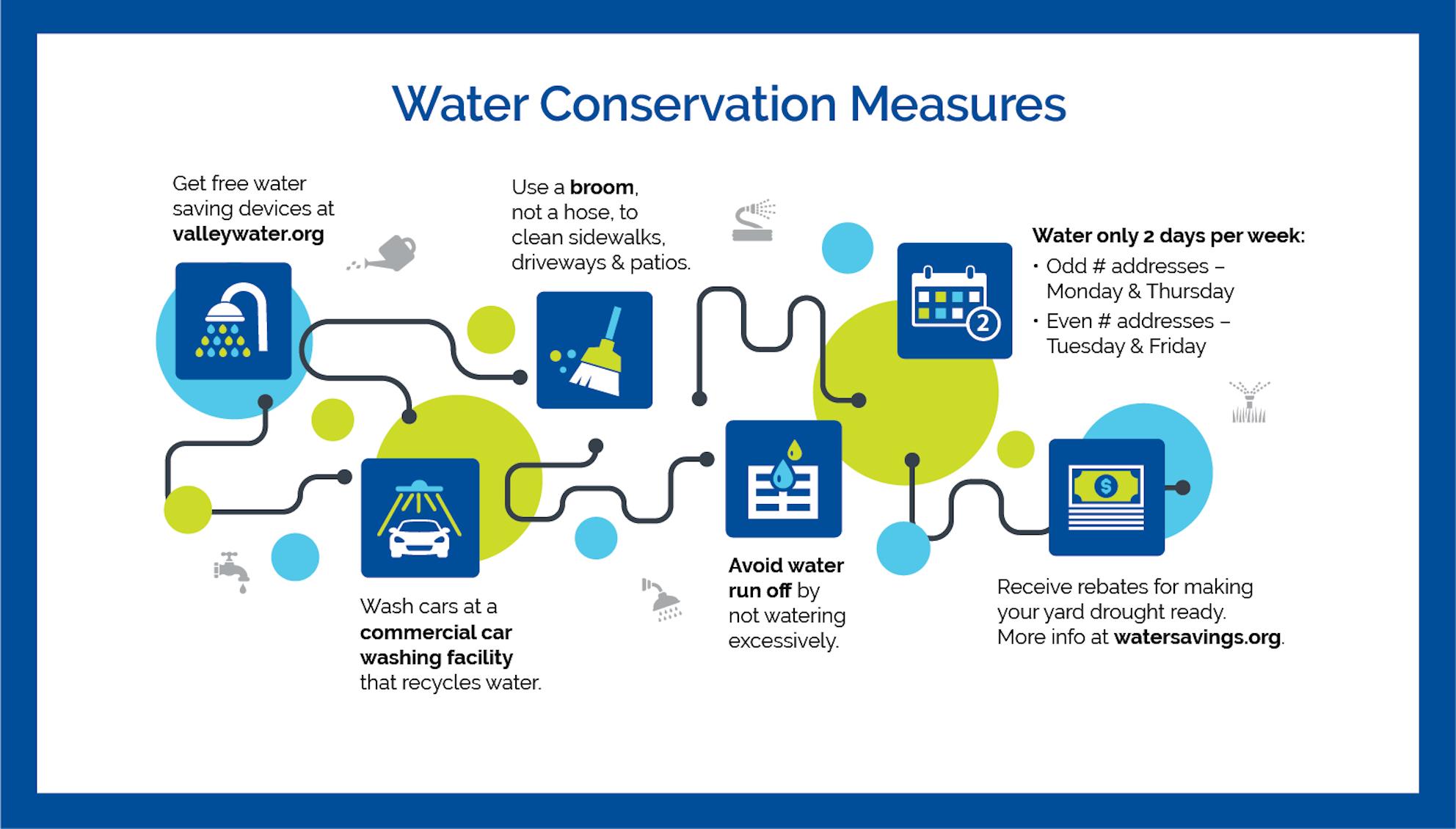Residential Irrigation Systems
Water Conservation In The Home
Smart Irrigation Systems For Residential Use
Sustainable Urban Drainage Systems




In the realm of residential construction, the integration of efficient irrigation systems has become increasingly important. With water scarcity and environmental concerns on the rise, homeowners and builders are recognizing the need for sustainable practices that minimize water waste. In this article, we will explore the significance of irrigation systems in residential construction and highlight the benefits they bring to homeowners and the environment.
Water conservation is a pressing issue, especially in regions prone to droughts. Traditional irrigation methods, such as manual watering or overhead sprinklers, are notorious for their inefficiency. By contrast, modern irrigation systems are designed to deliver water directly to the roots of plants, minimizing evaporation and runoff. These systems use sensors and timers to ensure precise and efficient watering, resulting in significant water savings.
Irrigation systems in residential construction can be tailored to specific landscapes and plant types. By dividing the property into different zones, each with its own watering needs, homeowners can ensure that water is distributed evenly and adequately. For instance, areas with shrubs or ground cover may require less water than lawns. Smart irrigation controllers can analyze weather data and adjust watering schedules accordingly, taking into account factors such as rainfall and temperature.
Proper irrigation is crucial for maintaining healthy landscapes. Overwatering or underwatering can lead to stressed plants, root rot, and disease. Modern irrigation systems address this issue by providing the right amount of water at the right time. Drip irrigation, for example, delivers water directly to the roots, minimizing the risk of foliage diseases and allowing plants to absorb nutrients more efficiently. This targeted approach promotes healthy growth and enhances the overall appearance of residential landscapes.
Efficient irrigation systems can significantly reduce the time and effort required for manual watering. Traditional methods often involve dragging hoses or moving sprinklers around the property, which can be time-consuming and cumbersome. With automated irrigation systems, homeowners can set schedules and forget about the hassle of watering. This not only saves time but also reduces water bills, as water usage is optimized for maximum efficiency.
In addition to water conservation, irrigation systems in residential construction have numerous environmental benefits. By minimizing water runoff, these systems prevent the contamination of nearby water bodies with fertilizers and pesticides. Furthermore, efficient irrigation reduces the demand for water, alleviating the strain on local water sources. Incorporating rainwater harvesting systems into irrigation can further enhance sustainability, as captured rainwater can be utilized for irrigation purposes, reducing reliance on municipal water supplies.
Water conservation is a pressing issue that requires immediate attention. With the increasing global population and limited freshwater resources, it is crucial to adopt sustainable practices at home. Utilizing water-saving devices can significantly reduce water consumption, preserve our natural resources, and contribute to a greener future.
Low-flow Showerheads:
One of the most effective water-saving devices for the home is a low-flow showerhead. These devices are designed to restrict water flow without compromising on the shower experience. By mixing air with water, low-flow showerheads maintain a consistent pressure while minimizing water usage. On average, they can save up to 40% of water compared to traditional showerheads. Easy to install and affordable, low-flow showerheads are an excellent investment that not only lowers your utility bills but also reduces your environmental footprint.
Faucet Aerators:
Faucet aerators are another essential water-saving device that can be easily installed on existing faucets. They work by introducing air into the water stream, reducing the flow rate without affecting the water pressure. By adding an aerator to your faucets, you can reduce water consumption by up to 50%. This simple device is particularly effective in areas where water is scarce or expensive. Moreover, faucet aerators also prevent splashing, making them an ideal solution for both water conservation and user comfort.
Dual Flush Toilets:
Toilets account for a significant portion of residential water usage. Traditional toilets use a fixed amount of water for every flush, regardless of the waste volume. Dual flush toilets, on the other hand, offer two flush options: a full flush for solid waste and a reduced flush for liquid waste. By choosing the appropriate flush, you can save up to 50% of water per flush. While dual flush toilets may require a slightly higher upfront investment, the long-term water and cost savings make them a worthwhile addition to any eco-conscious household.
Rainwater Harvesting Systems:
Rainwater harvesting systems provide an innovative solution to reduce reliance on freshwater sources for non-potable water needs. These systems collect and store rainwater from roofs and gutters in a storage tank, which can later be used for various household purposes, such as watering plants, cleaning, and flushing toilets. By utilizing rainwater, homeowners can significantly reduce their dependence on municipal water supplies. Furthermore, rainwater harvesting systems help prevent stormwater runoff, reduce soil erosion, and replenish underground water reserves, making them an eco-friendly choice for water conservation.
Smart Irrigation Systems: Traditional irrigation systems often lead to water wastage due to overwatering or inefficient scheduling. Smart irrigation systems, such as weather-based controllers, use real-time weather data to adjust watering schedules. This ensures that your lawn and garden receive the right amount of water, minimizing waste and promoting a healthier landscape.
Low-Flow Faucets and Aerators:
Upgrade your kitchen and bathroom faucets with low-flow options that maintain water pressure while reducing overall water usage. Installing aerators on faucets can further enhance water efficiency by adding air to the water stream, maintaining a strong flow while using less water.
High-Efficiency Toilets:
Toilets are a significant source of water consumption in homes. High-efficiency toilets use less water per flush without compromising performance. Dual-flush toilets offer flexibility by allowing users to choose between a low-volume flush for liquid waste and a higher-volume flush for solid waste, optimizing water usage.
WaterSense-Certified Appliances:
When it comes to household appliances, consider those with the WaterSense label. WaterSense is a program sponsored by the U.S. Environmental Protection Agency (EPA) that certifies products for water efficiency. Look for dishwashers and washing machines that carry the WaterSense label to ensure optimal water conservation in your daily chores.
Leak Detection Devices:
Undetected leaks can result in significant water wastage. Installing leak detection devices can help identify leaks early, preventing water damage and conserving water. Smart leak detectors can even send alerts to your phone, allowing for prompt action and minimizing potential damage.
Rain Barrels:
Harvest rainwater by installing rain barrels to collect runoff from your roof. This water can then be used for irrigation, reducing the need for treated water in your garden. Rain barrels are a simple and cost-effective way to harness nature’s gift and contribute to water conservation.
Greywater Recycling Systems:
Greywater, the relatively clean water from household activities such as washing dishes and doing laundry, can be recycled for non-potable purposes like watering plants or flushing toilets. Greywater recycling systems filter and treat this water, providing a sustainable alternative to using fresh water for certain household tasks.
Waiting for hot water to reach the tap can lead to unnecessary water wastage. Instant hot water recirculation systems reduce this wait time by circulating hot water through the pipes, ensuring that hot water is readily available when needed. This eliminates the need to run the faucet and wait for the water to heat up, saving both water and energy.
As the world grapples with climate change and its adverse effects, sustainable practices have become imperative in every aspect of our lives, including construction. One area where sustainable practices can be applied is in the construction of driveways. Traditional driveway construction often contributes to stormwater runoff and flooding, but the implementation of sustainable drainage systems (SuDS) and resin driveways can help mitigate these issues. This article explores how SuDS can enhance driveway construction while promoting environmental sustainability.
Sustainable Drainage Systems, commonly known as SuDS, are an innovative approach to managing surface water runoff in a sustainable and environmentally friendly manner. Unlike traditional drainage systems, which focus solely on diverting water away from an area, SuDS aim to mimic natural drainage processes by allowing water to infiltrate into the ground, be stored temporarily, or be harvested for reuse.
One of the primary benefits of incorporating SuDS into driveway construction is the reduction of flood risk. Traditional driveways often consist of impermeable surfaces, such as concrete or asphalt, which prevent water from infiltrating into the ground. This results in increased surface runoff and the potential for flooding during heavy rainfall events. SuDS, on the other hand, incorporate permeable materials, such as porous asphalt or resin-bound gravel, allowing water to filter through and be absorbed by the ground, reducing flood risk significantly.
SuDS also promote water conservation by capturing and storing rainwater for future use. By integrating features like rain gardens, soakaways, or permeable pavements into driveway construction, excess rainwater can be retained and used for irrigation purposes, reducing the demand for additional water resources.
Traditional driveways contribute to water pollution by allowing surface contaminants, such as oil, chemicals, and debris, to be washed away into storm drains and natural water bodies. SuDS mitigate this issue by incorporating natural filtration processes, such as vegetated swales or bio-retention areas, which help remove pollutants from the runoff before it enters waterways, thus improving water quality.
Switching to permeable paving materials, such as permeable asphalt, permeable concrete, or resin-bound gravel, is an effective way to create a sustainable resin driveway. These materials allow water to infiltrate through the surface and into the underlying layers, reducing runoff and promoting groundwater recharge.
Rain gardens and swales are landscape features that collect and absorb rainwater runoff. By incorporating these elements alongside driveways, excess water can be directed to these vegetated areas, allowing it to infiltrate into the ground rather than becoming runoff. Rain gardens and swales also enhance the aesthetic appeal of the driveway.
Installing a rainwater harvesting system alongside the driveway construction can further enhance sustainability. This system collects rainwater from the roof or surface runoff and stores it in a tank for later use, such as irrigation or non-potable water needs.